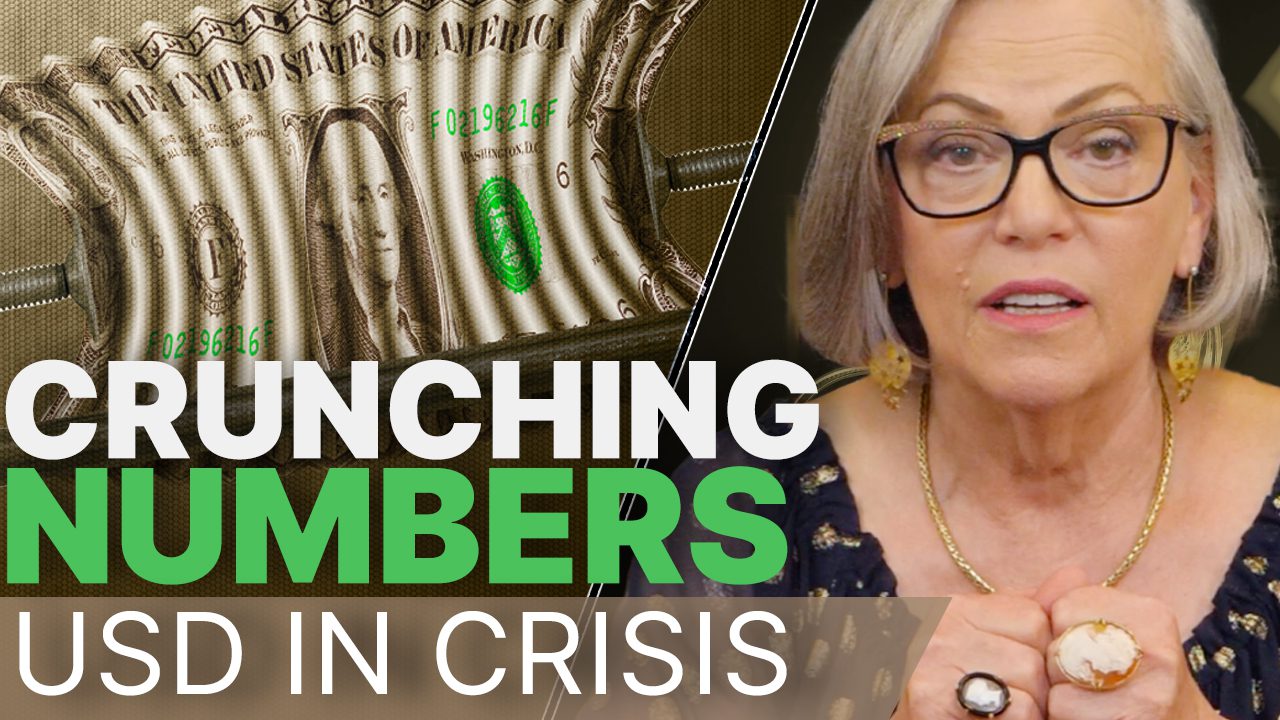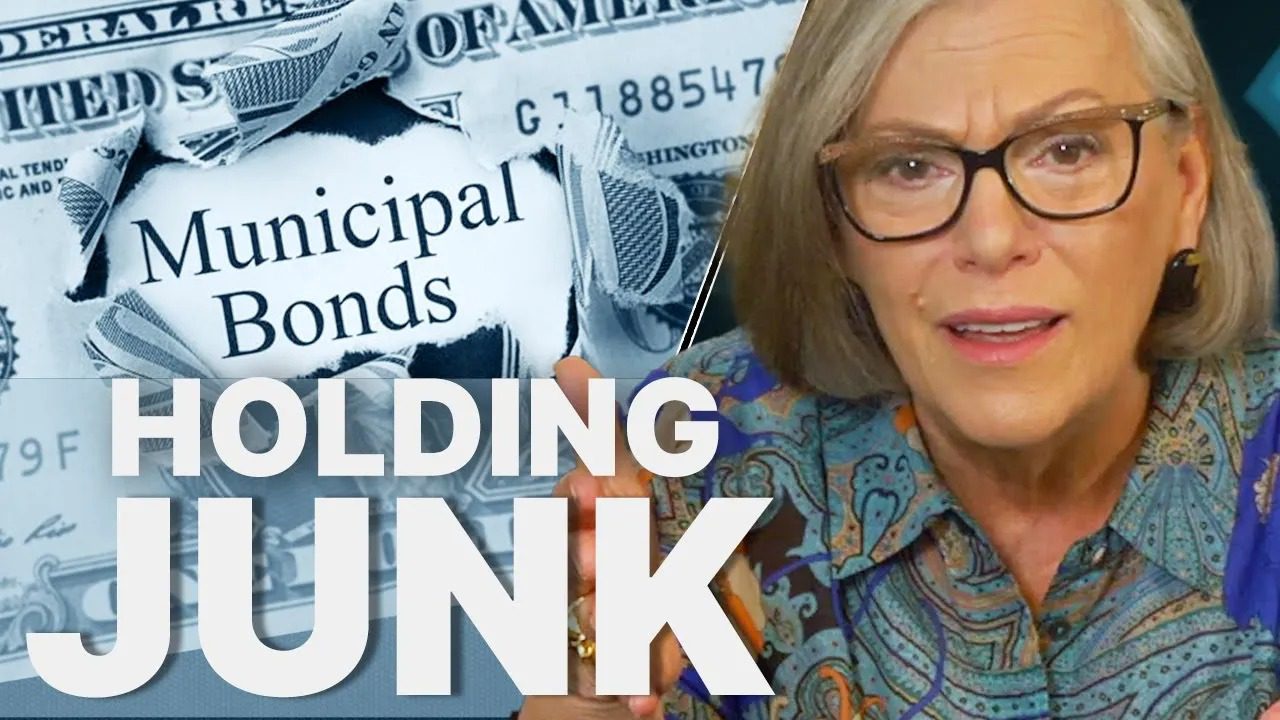Gold Traders: Discussing Investment Options

Gold Traders: Discussing Options
Ahead of the key US jobs data, on July 8, 2011, spot gold was at $1,527.66 an ounce, down marginally from $1,531.85 the previous day in New York. According to a survey conducted by Reuters, US payrolls were expected to rise to 90,000 from 54,000 in May. Even as the gold prices eased, they remained on track for their biggest weekly gain since late April. Gold traders have started making the best of the situation and one must understand the trading market some before investing in gold.
How to Invest in Gold?
Physical Gold: Buying gold bullion is a popular option. One must estimate the cost one is willing to incur. Not only is the purchase value of the gold an investment, but it must also be transported, kept in a safe deposit box and insured. The danger of counterfeit coins and bars is also an issue; ensure purity and authenticity before making any purchase. Minted coins have legal tender and are therefore considered a safer option. Numismatic gold coins are also considered by some for portfolio diversification purposes and their values are guided by attributes such as rarity, circulation and condition.
ETFs: or electronically traded fund, trades on a stock exchange just like ordinary stock. Its portfolio is fixed in the beginning and does not change. These are fast becoming the most popular way of buying gold exposure as they can be exchanged relatively easily and at low cost. This popularity can also be attributed to their high liquidity. Passively managed funds, they are designed to provide returns that would be parallel to the returns from physical gold in the spot market.
Gold Mutual Funds: These are shares in mining companies which often pay a dividend, unlike a pure gold investment. The share prices rise and fall with changing gold prices, the company’s performance and broad market fluctuations. There are various categorizations of the companies one can own stocks with. Mostly investors prefer senior stock gold. A senior is a large, well-capitalized company that has been around several years and tends to own established mines. Junior gold stock is for those whose risk tolerance is broader.
Gold Futures: It is a deal whose terms are decided now, but the date is set for the future. This means that the investor does not pay the whole amount yet and the trader does not deliver gold either. The delay is used to enable them to speculate. In this way, they can trade in much larger amounts and take bigger risks. For a vast majority of investors, the futures market is too complex and with high risk.
Gold Certificates: It is a certificate of ownership rather than storing actual gold. The banks give certificates for allocated and unallocated gold. Unallocated gold certificates are a form of fractional reserve banking while allocated certificates should be correlated with specific numbered bars.
Investing in gold is a dynamic process as one has to keep track of the economy. Even a minor fluctuation can impact the price dramatically. Invariably, like in any other opportunity, there are risks, as hazardous conditions to the investment of one group of investors are a benefit to another. Although industry experts such as Kayezad E. Adajania do recommend adding gold to your portfolio, saying, “Stability, reduced volatility in a well-diversified portfolio, inflation-plus returns, convenient investment vehicle to get tax-efficient exposure, are all good reasons to invest in gold.” Evaluate the opportunities depending on factors like your intent and the risk you are willing to take. Be wary of uncertified gold traders who offer lucrative opportunities. If it seems too good to be true, it probably is.













